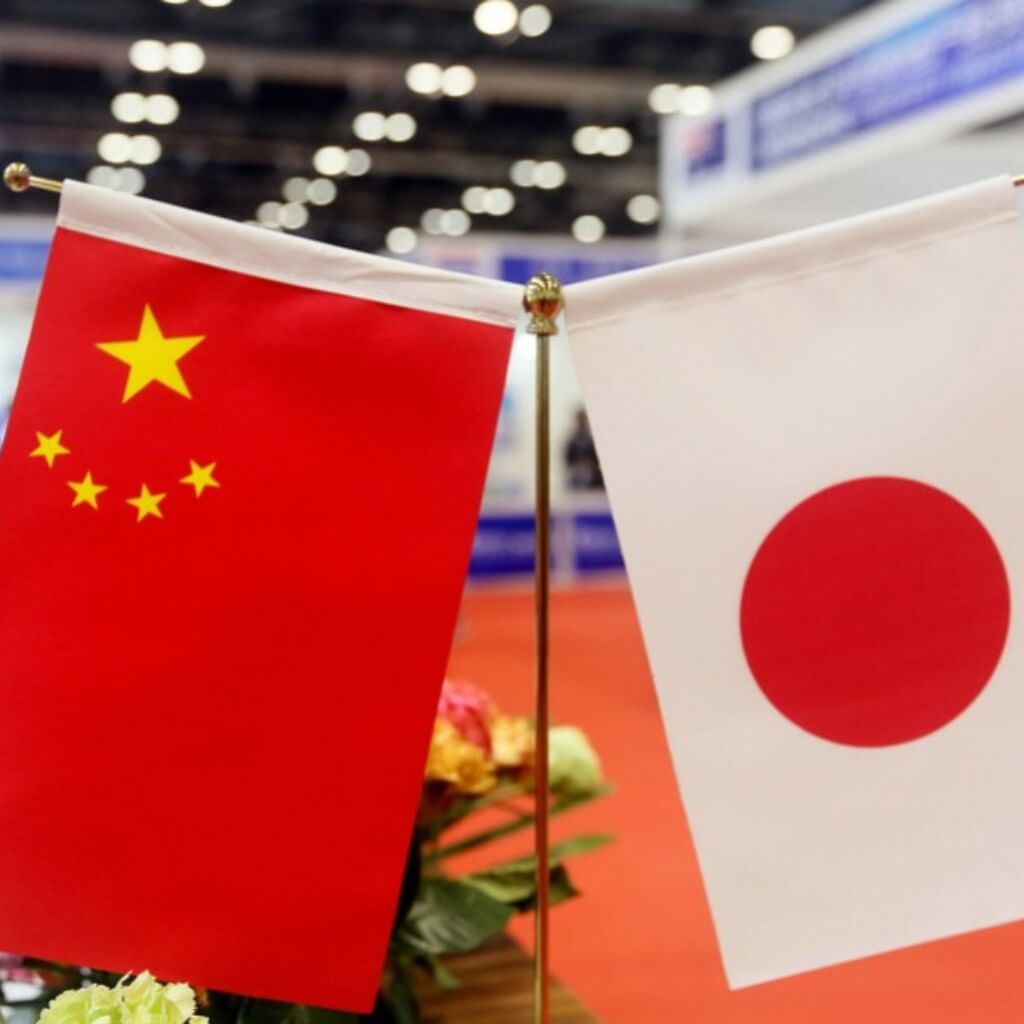China faces a crossroads in its modern economic history. Amid the turmoil and turbulent growth, it is at the cusp of potentially falling into the same trap that ensnared Japan decades ago.
However, as with any formidable powerhouse, China might just have the cards to change its game. And those cards? They revolve around a buzzword – “underconsumption.”
Chronic Underconsumption: A Trap or an Opportunity?
For too long, the common wisdom dictated that economies would always self-correct and head towards full employment. But the past two decades have shattered this myth.
Just look at Japan’s economic decline fueled by excessive savings, or how Germany’s surplus played a pivotal role in the Eurozone crisis. But China’s narrative is eerily echoing these sentiments, albeit with magnified intensity.
With its national savings spiking at a whopping 52% of GDP back in 2008 and a still-high 44% in 2019 before the pandemic’s blow, China has been playing a dangerous savings game.
The aftermath of 2008 saw China in a dilemma. With huge savings at hand, the traditional method of boosting its current account surplus was no longer feasible. This led the nation to resort to even greater investment, primarily in the property sector.
What followed was an increase in gross investment from 40% to 46% of GDP from 2007 to 2012. However, an irony persisted. Despite this hike in investment, the growth rate plummeted.
This signaled diminishing returns on investments, coupled with a sharp rise in the nation’s debt ratio, painting a picture of looming financial instability.
Warnings were sounded as early as 2007. Premier Wen Jiabao didn’t mince words describing the Chinese economy as “unstable, unbalanced, uncoordinated, and unsustainable.”
But the high investment continued, growth rates dwindled, and the giants of the property market began to topple. The recent property crash in China only confirms this.
With property starts in July plunging to 65% below their level in the latter half of 2020 and the property sector making up nearly a fourth of China’s economy, the writing is on the wall. Japan’s past seems to be China’s looming future.
Shifting the Balance: From Savings to Consumption
However, while risks are evident, the actual danger isn’t an impending financial collapse. After all, China is a creditor nation, with debts primarily in its currency, and a firm grip on all crucial banks.
So, a financial meltdown isn’t the primary concern. The real challenge? Sustaining demand in a rapidly slowing economy. With an already high investment rate, pushing for more seems unjustified.
So, where does China turn? The answer lies in ramping up both public and private consumption. However, such a shift is easier said than done.
The central government, up to now, has shown hesitance in making drastic fiscal changes. Today, household consumption accounts for only about 40% of GDP.
While household savings rate is considerable, most of China’s disposable income doesn’t reach the households, ending up instead with governmental entities and corporates.
The startling revelation is that an immense portion of the national income is hoarded by the controllers of capital. In the years of rapid growth, this model functioned. But now, with savings exceeding what can be effectively utilized, a change is overdue.
To fuel future expansion, China needs to drive up consumption in the medium term. It means reshuffling income and assets, prioritizing public expenditure, and even overhauling outstanding debts. But this task is daunting.
It necessitates a pivot from the old high-saving, high-investment model to a more balanced, consumer-driven approach. Such a transformation would not only benefit China but also set it on a trajectory away from Japan’s pitfalls.
China has the potential to rechart its course, and if the nation understands the urgency and acts swiftly, it can sidestep the Japan pitfall. But the real question remains: will it? Only time will tell if China’s blueprint evolves or remains rigid, but for now, the ball is in their court.





